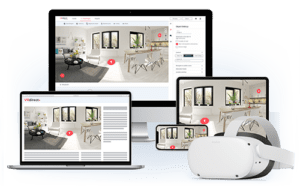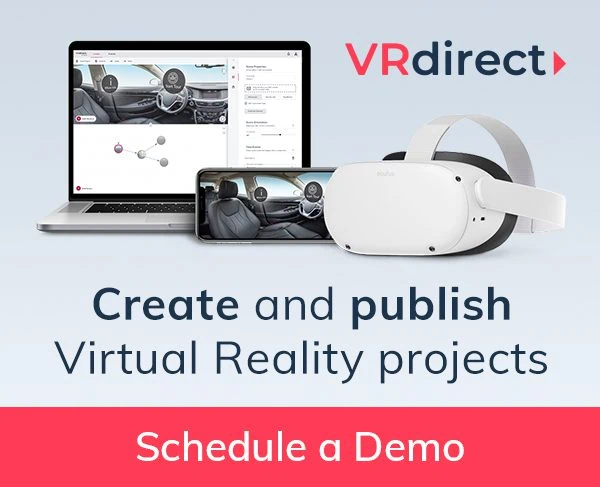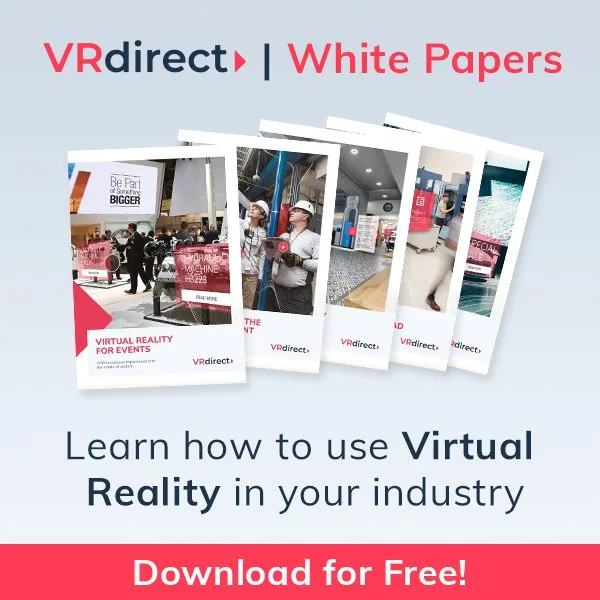Meta, formerly known as Facebook, isn’t the first corporation to wrestle with the future of work in the digital age. Many industries and business have long placed their bets on 3D technology, simulation or digital training, particularly in areas such as design or education. It’s not just Meta’s vision of a Mixed-Reality Metaverse that is a clear indication of how technologies such as Virtual Reality are fundamentally changing how we live and work.
It’s never been a better time to integrate Virtual Reality in your business: VR headsets are better and more affordable than ever. VR applications are becoming easier to use and apply, and with more powerful software, companies are facing fewer barriers to entry to this new technology.
This has also led to an increase in application possibilities for companies: Training, onboarding, project planning, marketing campaigns, remote collaboration, sales, Human Resources, quality management or safety procedures are just a few areas in which Virtual Reality can make a huge difference.
Into the Metaverse: What does it mean for businesses?
The Metaverse is the next step in global digital transformation, and will make the days of smartphones obsolete. The vision is to meld the virtual with real products so that they can be used in our everyday lives. This is illustrated by virtual images on walls that you can view through AR headsets, with digital pointers that make it easier for you to navigate. Using a VR headset, people can interact with each other socially via their own realistic avatars, or even work together remotely, as if they were in the same place.
More forward-thinking companies are already preparing for the Metaverse era, as touted by tech giants like Meta and Microsoft. New standards in digitization are crucial for firms that want to convince both customers and employees, in particular for the modern climate-conscious and digital-savvy generations.
Those companies already integrating VR and AR into their business processes will have a significant innovation advantage in just a few years’ time. Not only can they work more efficiently, they will also be more attractive to new staff and customers.
VR in Business: Advantages & applications – why are companies using Virtual Reality?

And VR use in companies also pays off in other areas: Maintenance tasks on systems – ranging anywhere from coffee machines to production lines – can be tested first in VR. The key word here is “New Work”, which means that colleagues from all over the world can work on objects and strategies in virtual workshops. Customer or job interviews can be carried out via VR as well, while virtual showrooms enable potential clients to visualize products before manufacture, ideal for presentations at trade fairs or for marketing.
Case Studies: How companies are using VR today
VR in Business: Bugatti
Starting Point
How is Bugatti using Virtual Reality?
Instead of a producing a traditional model of a car prototype, Bugatti creates a 3D model in VR. Designers can adapt the smallest design elements, such as physically correcting light reflections on the paint. With multi-user features, designers and engineers can examine the VR model together, change out tires or colors, modifying any details in real time.
Once the VR design is 90% complete, Bugatti moves on to building a real-life model. Further adjustments and improvements based on this real model can then be applied to the VR car, before a second model is built for fine-tuning.

What added value does VR bring to Bugatti?
VR in Business: Siemens
Starting Point
How does Siemens use Virtual Reality?
Together with VRdirect, Siemens has developed a virtual factory tour. Users can independently explore an interactive training environment, actively engaging with the training material presented in the context of a realistic work environment.
As a next step, a virtual “escape game” was created based on this, in which employees can apply the EHS content they have learned.
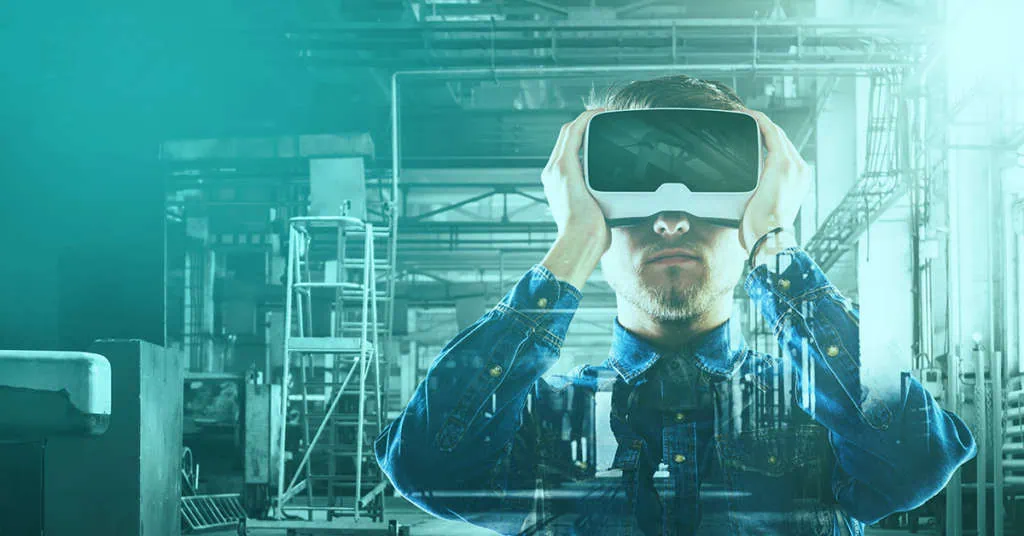
What added value does VR bring to Siemens?
VR helps Siemens employees absorb learning content better and in their work environment, meaning that they can apply their knowledge in any simulated emergency. VR projects can also be easily and quickly distributed via several VR headsets or through a web version, significantly increasing training flexibility. You can read more about the Siemens VR project in our Success Story.
Follow this link to find more real-world examples of VR applications for companies.
What VR headsets suit your business best?
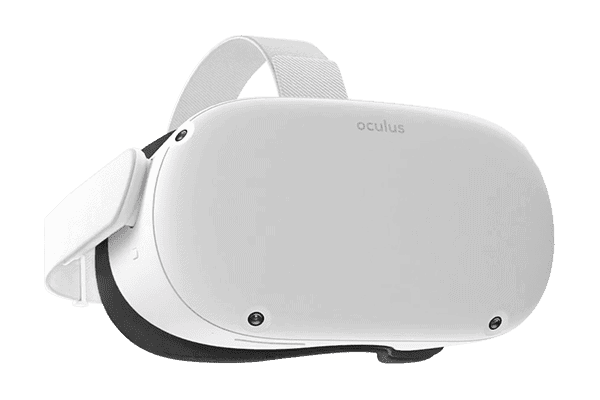
An alternative is the Pico Neo 3 Pro, from China. This headset offers 1,832 x 1,920 pixels per eye, 90 Hz refresh rate, a 98-degree field of view, as well as good tracking and VR controllers. Only one account is required, granting optional access to the Pico Store. Like the Quest 2, the Pico Neo 3 Pro is quick to set up, adjust and use.
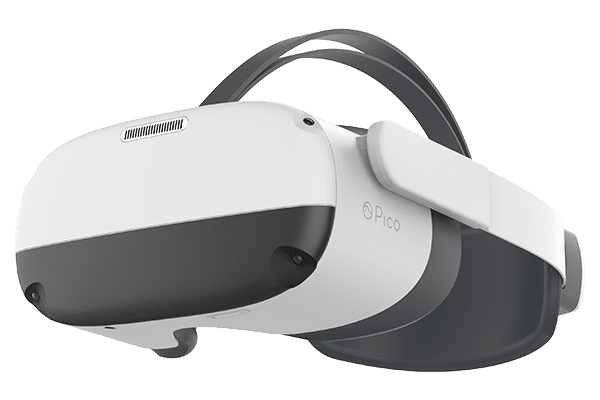
Both VR headsets can be connected to a PC via cable, in order to update the graphics performance or to run more demanding software.
We can advise you on finding the most suitable VR headsets for your business – feel free to contact us!
An easy beginning: Set up VR applications in your own business now
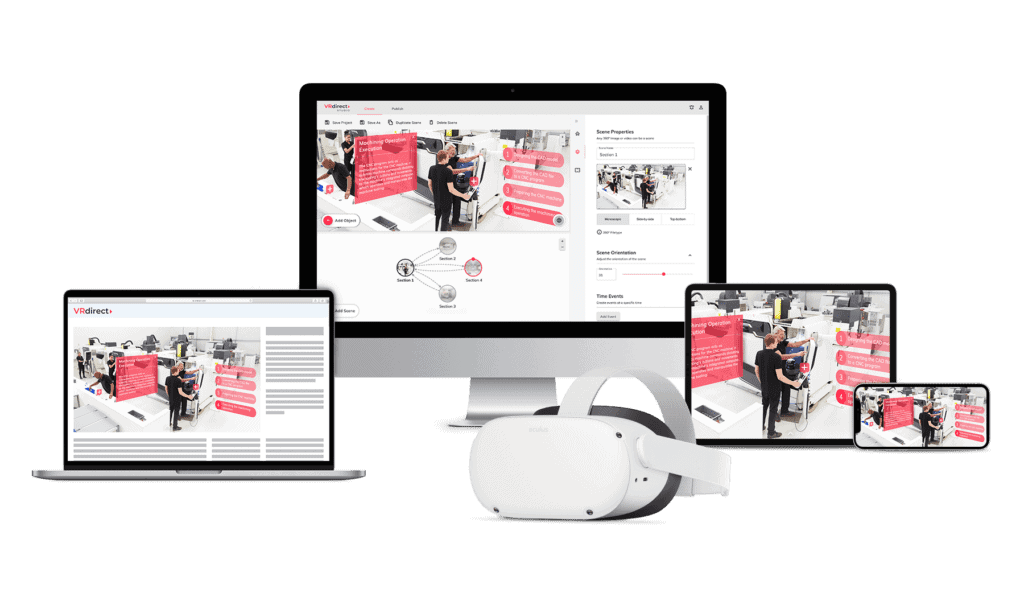
Especially important to us are the accessibility and user-friendliness of our tools and offers. As a software platform, VRdirect specializes in VR implementation across multiple departments, requiring zero programming knowledge – this ranges from training courses, or virtual tours to unique VR experiences for marketing and live events. Our trusted cloud system can transfer even large amounts of data quickly to any recipient.
Once designed, in just a few clicks the app can be distributed via the Apple, Google or Oculus stores. With the intuitive WebVR player, you can easily share VR content on your company intranet, on websites or on social media.
You can book an initial free consultation with us, and we’d be happy to work with you to develop the most suitable VR application projects for your company.
